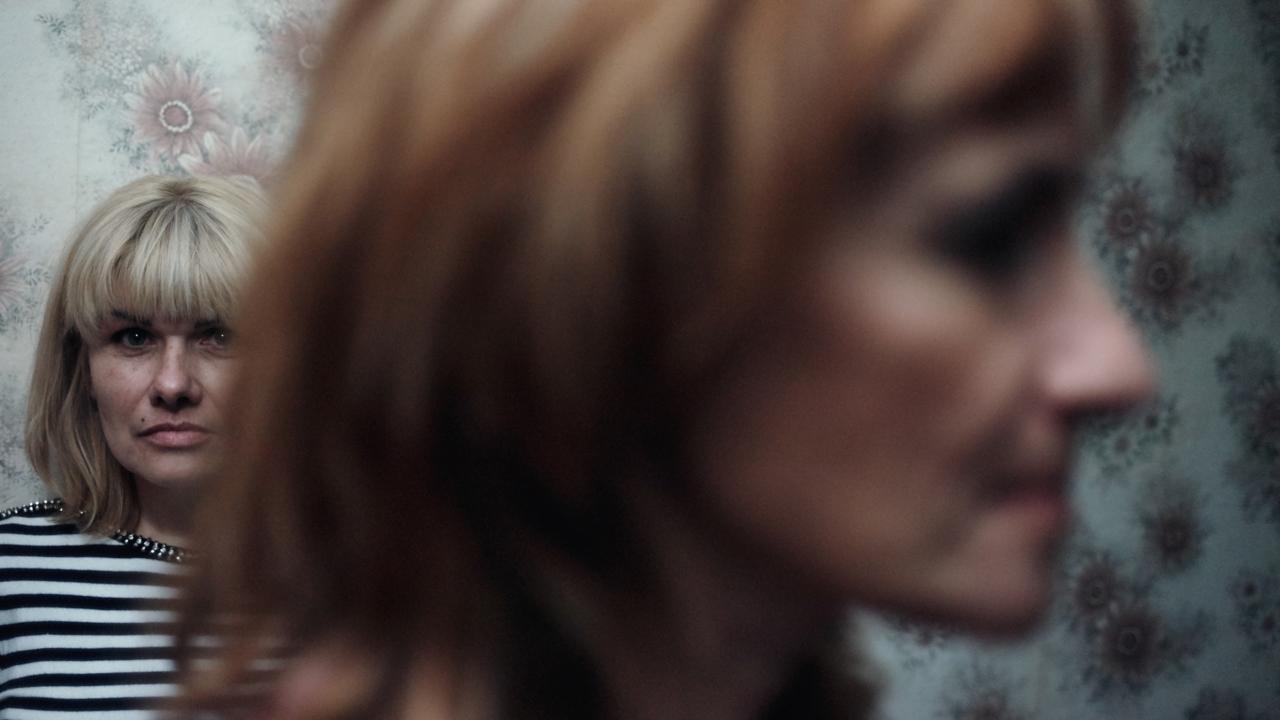Stigma, discrimination, violence: Among the internally displaced in Ukraine with HIV (Photos)
Yana, 40 (left) with her social worker Olga. Yana has recently been released from prison and Olga helps Yana readjust to the everyday life. Mariupol 2016.
For the past decade Ukraine has had one of the fastest growing HIV/AIDS epidemics in the world. Prevalence in eastern Ukraine is about much higher than rates in the rest of the country. Over 6,000 people living with HIV in separatist-controlled Donbass struggle with shortage of medicine and doctors. The number living with HIV could be much higher.
HIV infection is on the rise, as pro-Russian separatists who govern the region have also banned most international medical organizations from delivering aid and gathering accurate information about the situation.
In Ukrainian controlled territory, the situation is aggravated by the number of internally displaced people and thousands of demobilized soldiers returning to their families with PTSD — in the past year there has been a significant rise in violence against women.
In families, where both or one partner also lives with HIV, it has been particularly hard — HIV discrimination and stigma are still common.
More than a year into the war, displaced women and children with HIV still struggle to find accommodations and long-term employment.
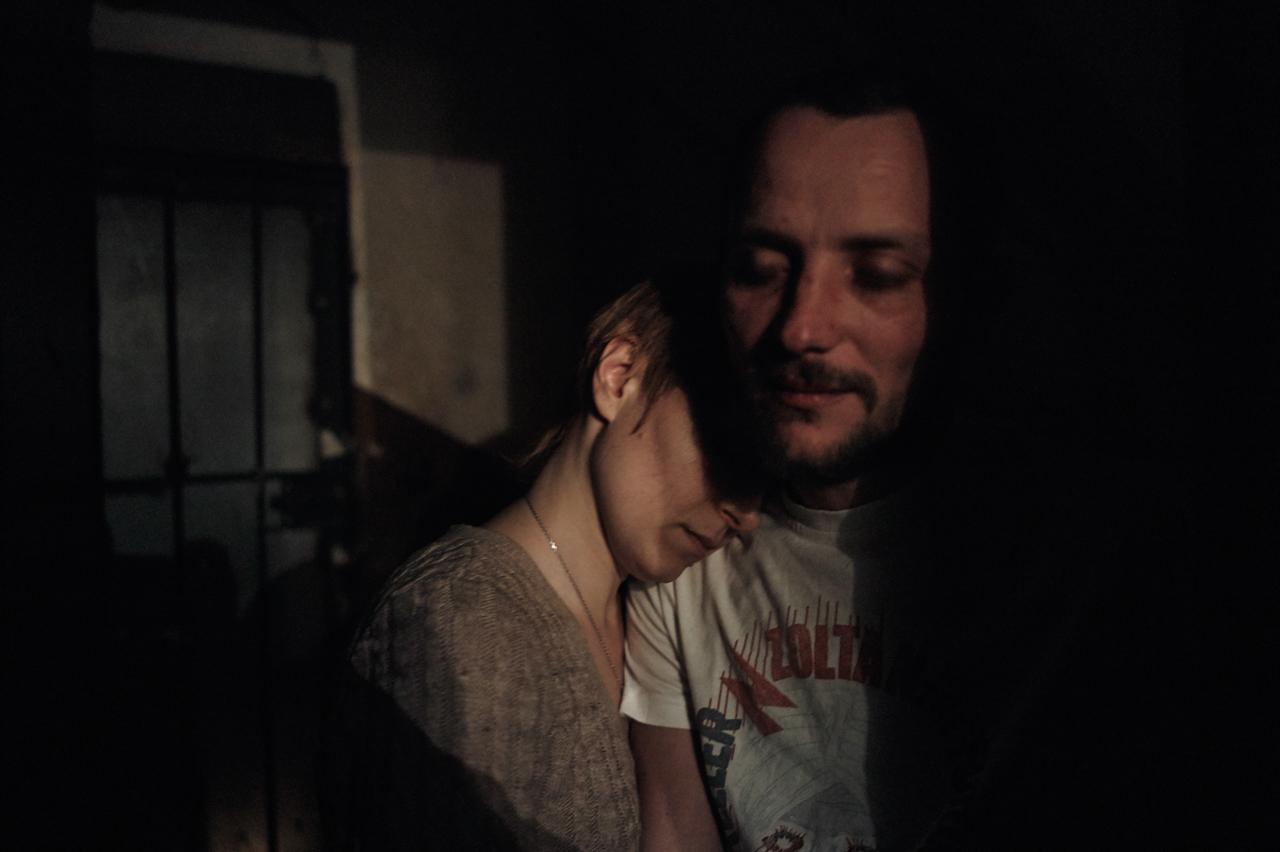
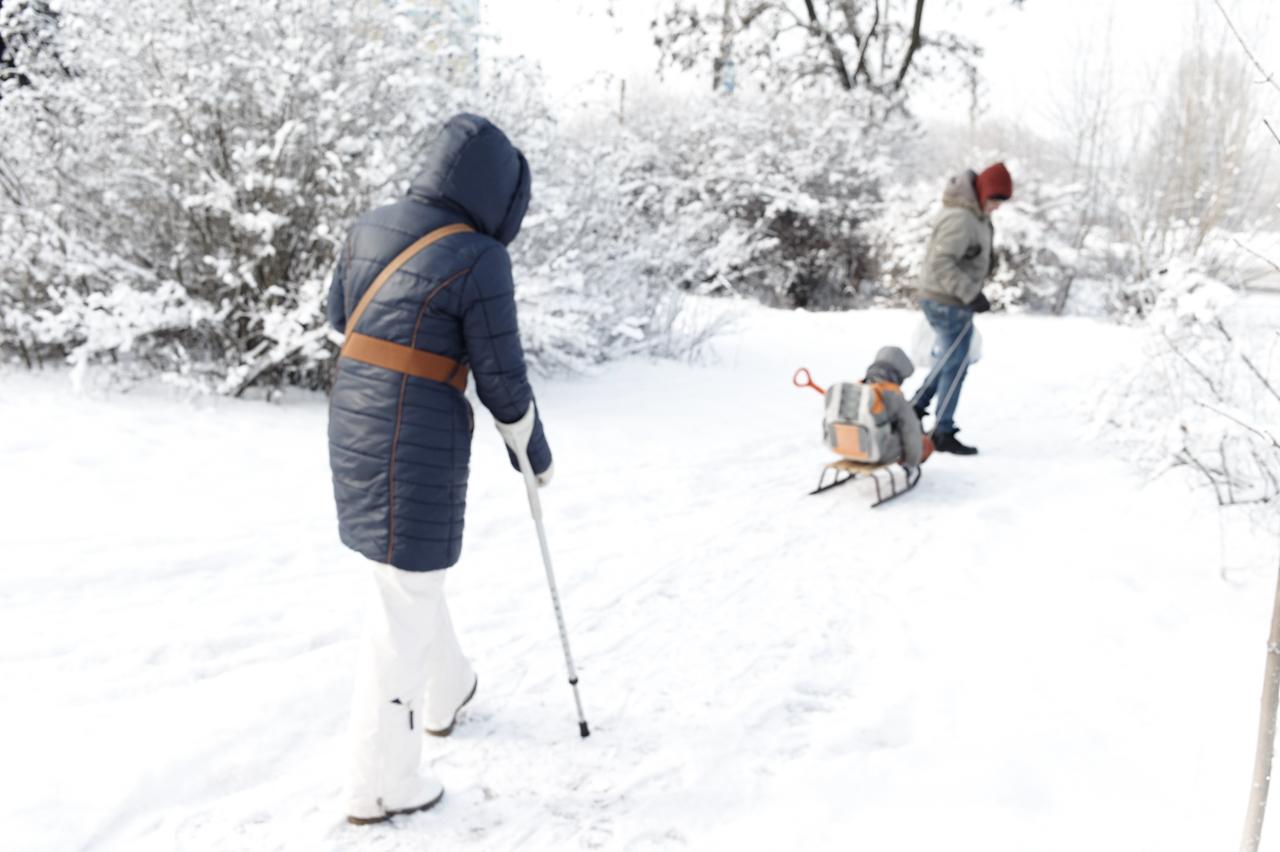
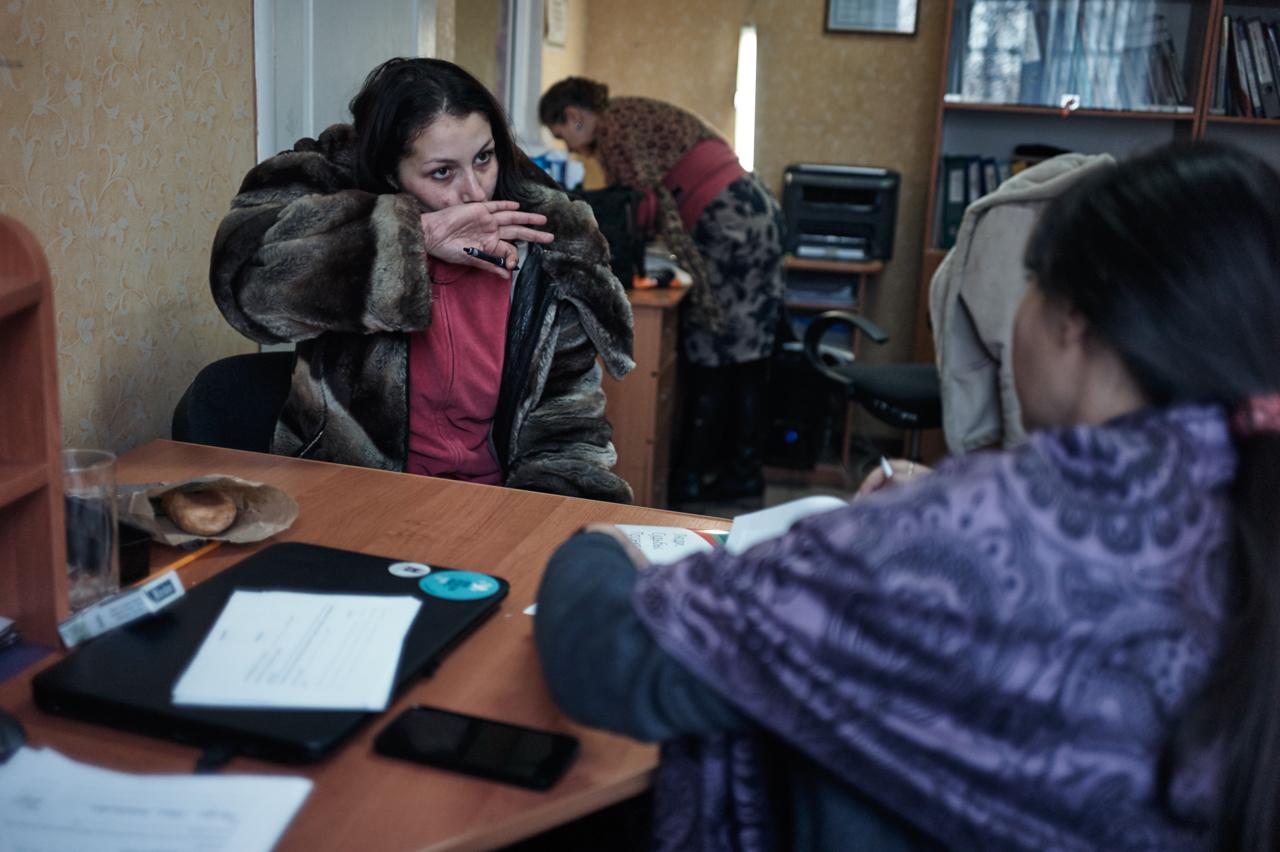
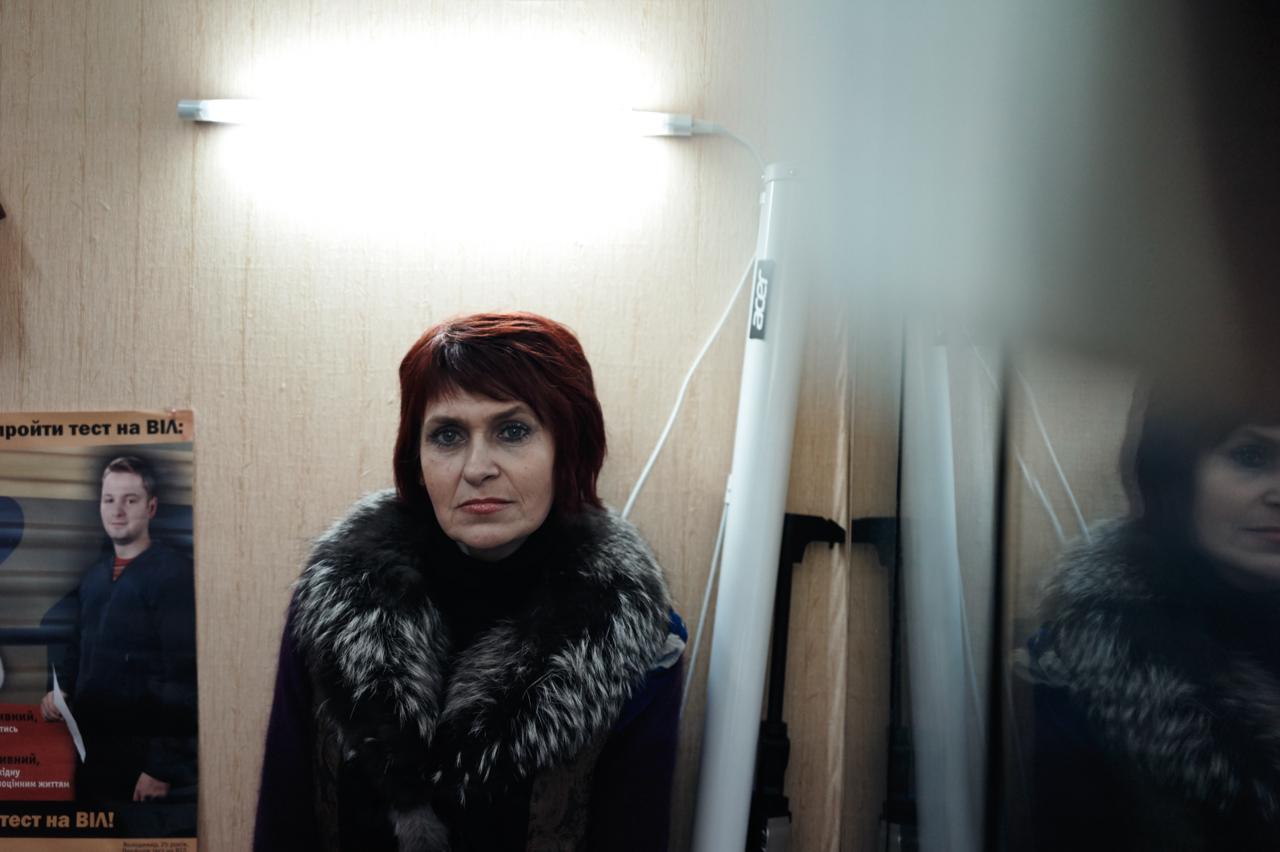
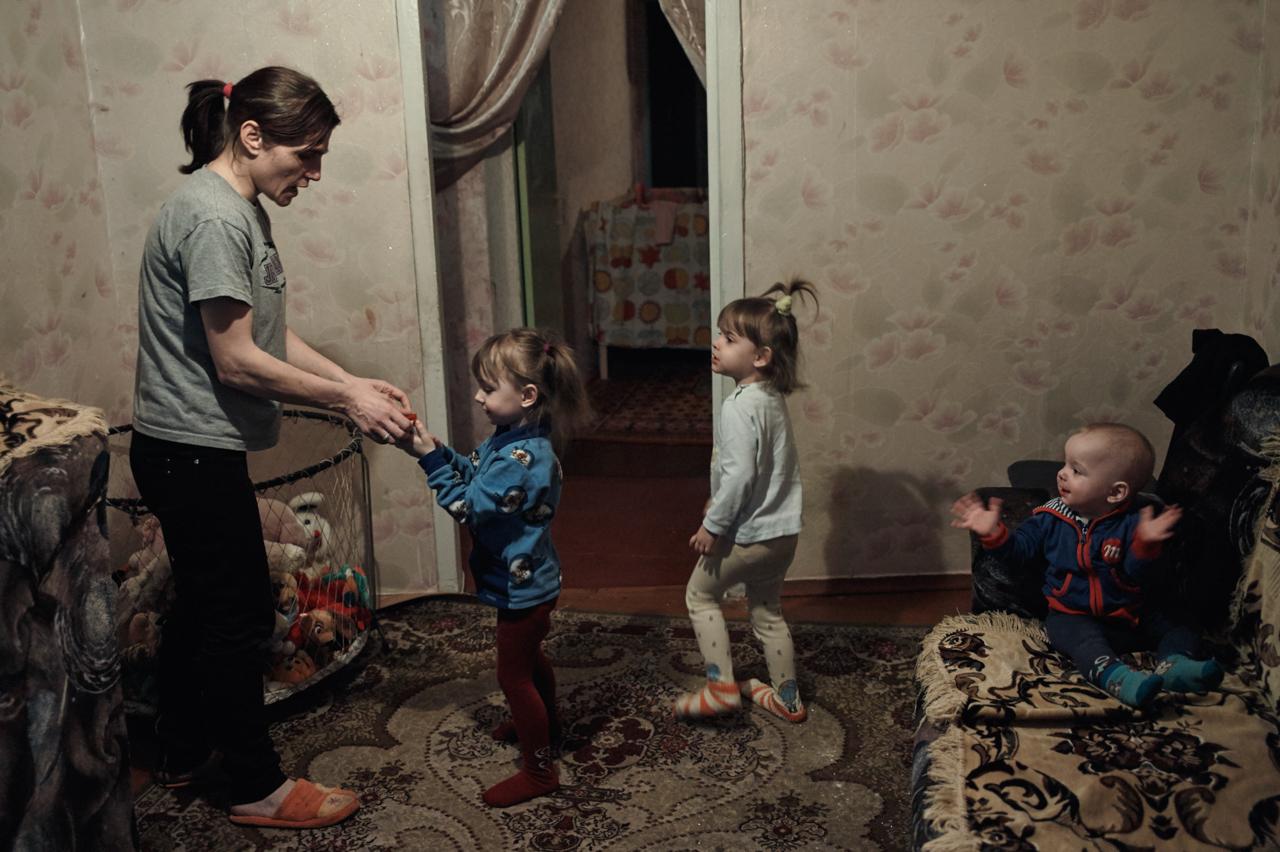
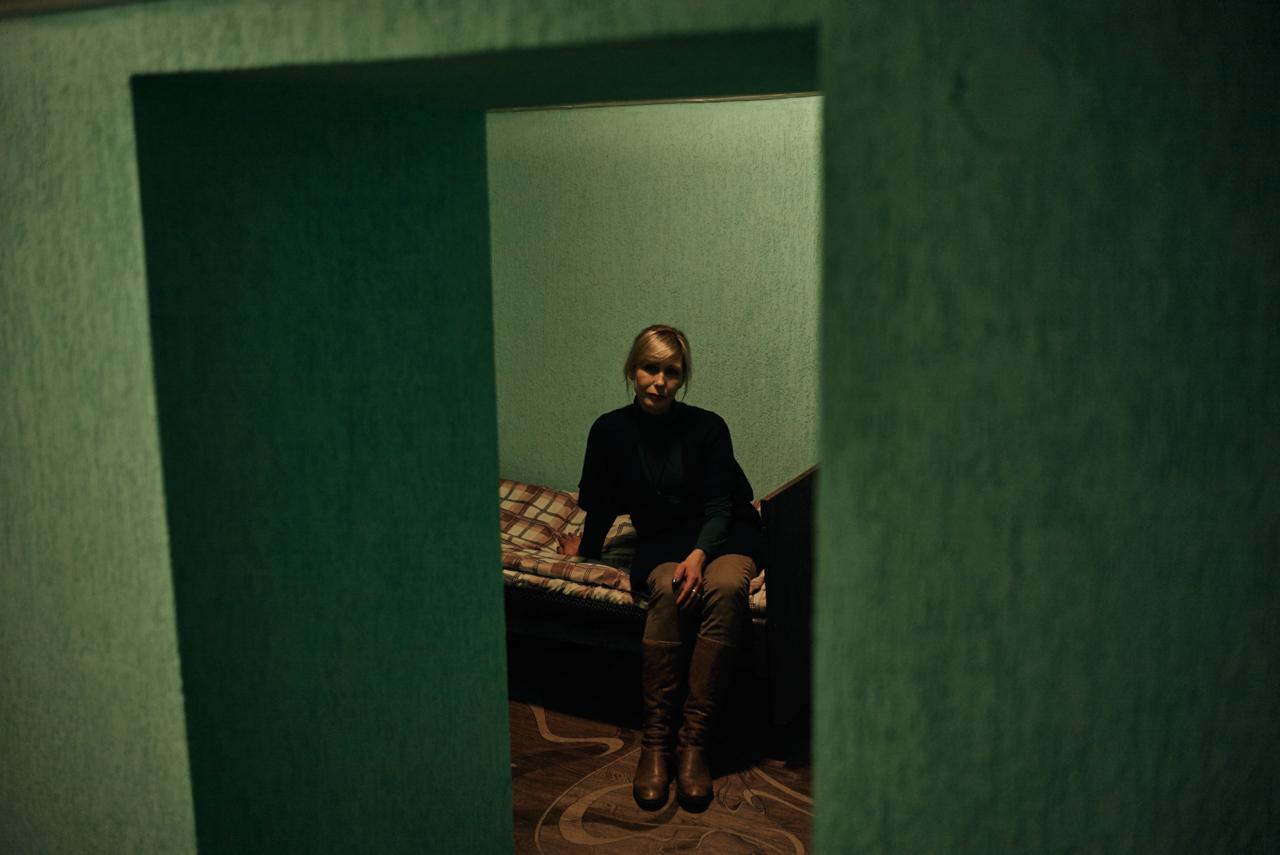
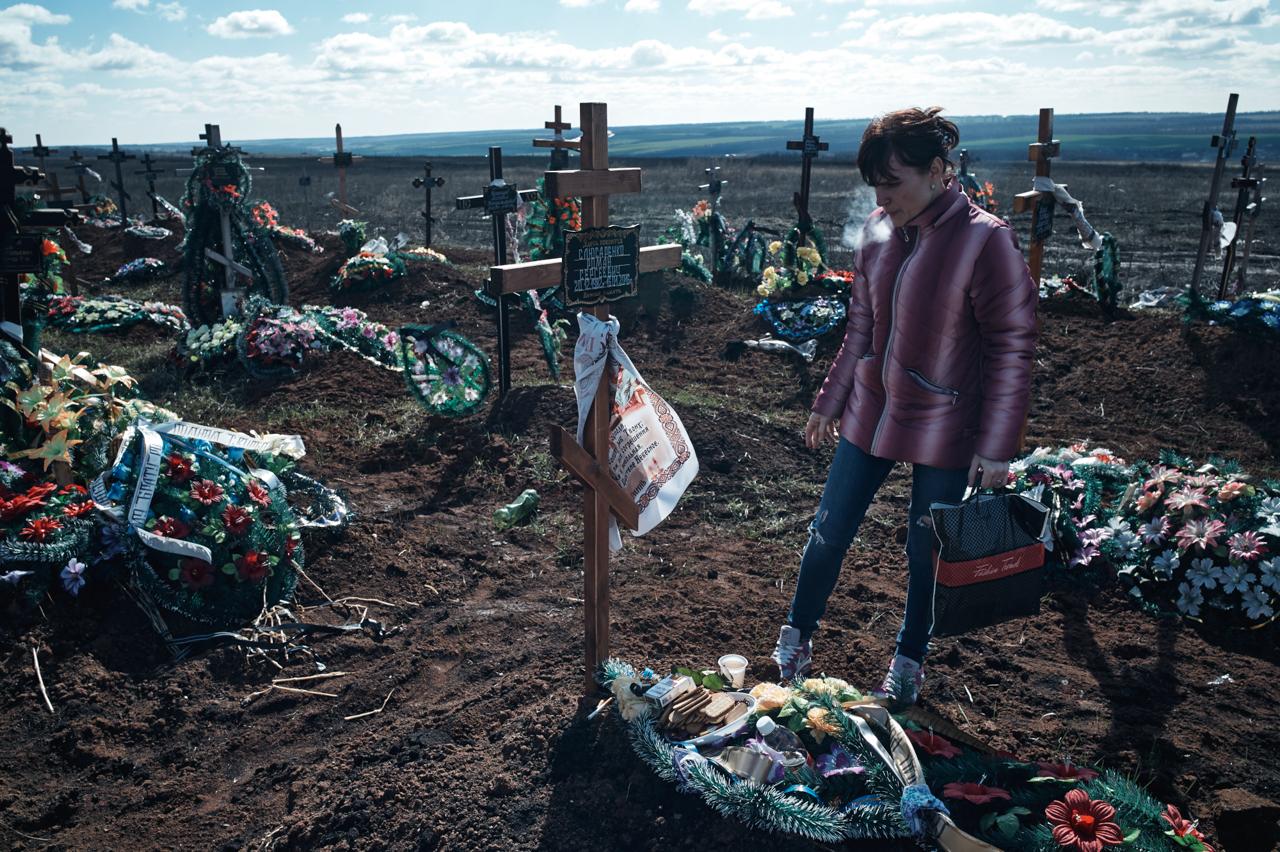
This story was produced with support from the Pulitzer Center on Crisis Reporting.
The story you just read is accessible and free to all because thousands of listeners and readers contribute to our nonprofit newsroom. We go deep to bring you the human-centered international reporting that you know you can trust. To do this work and to do it well, we rely on the support of our listeners. If you appreciated our coverage this year, if there was a story that made you pause or a song that moved you, would you consider making a gift to sustain our work through 2024 and beyond?
